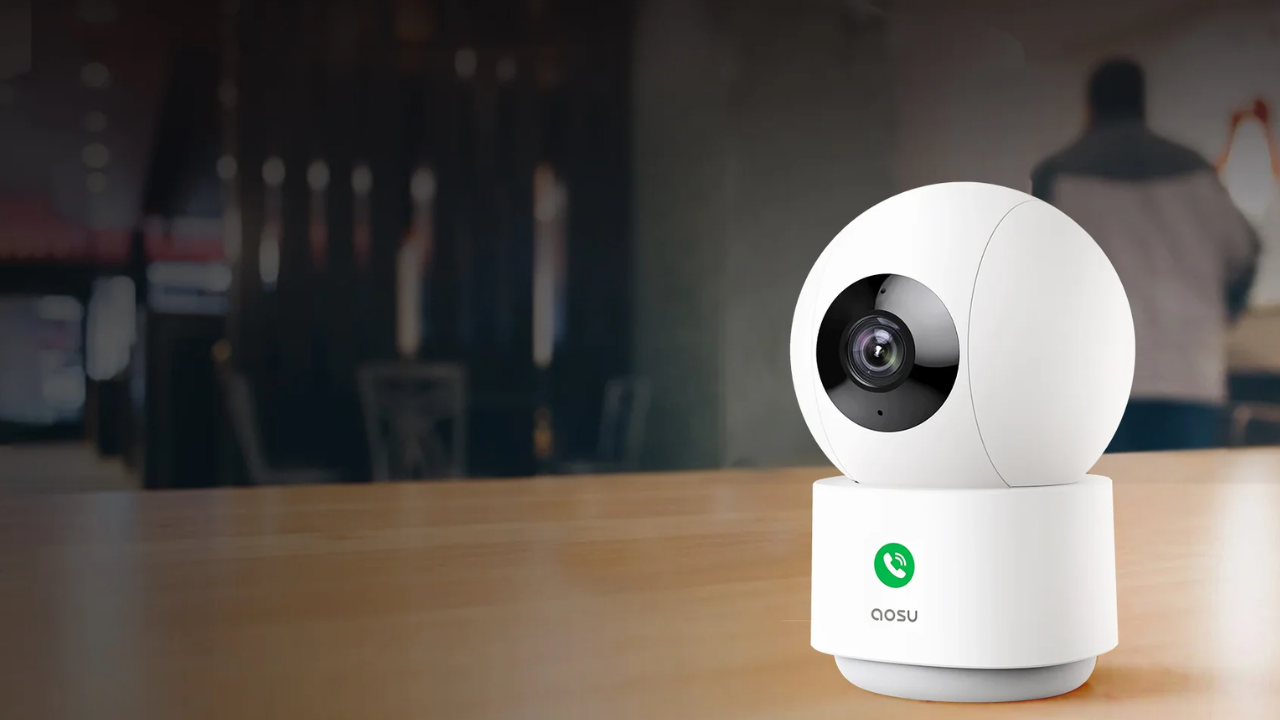An interior camera, also known as an indoor security camera, is a device used to monitor and record actions that take place within a building or specified region. It is made up of an aperture-equipped, lightproof compartment equipped with a lens and a shudder It projects an object's picture onto a surface to record or translate into electrical impulses. Indoor cameras are widely used for surveillance and security purposes, monitoring homes, businesses, retail stores, and other indoor spaces.
Wireless cameras, video doorbells, and floodlight cameras are examples of camera types that can be used depending on the demands and location requirements. Video resolution is critical for capturing crisp and detailed images, with 1080p or higher resolution being preferred. Consider the following aspects when choosing indoor security cameras. To resolve any privacy concerns, it is critical to consult with others about the installation and usage.
Crucial Aspects to Consider When Choosing The Indoor Security Camera
By considering key factors and understanding your specific needs, you can make an informed decision. In this detail, we'll delve into the crucial aspects to consider when choosing the best indoor security camera tailored to your requirements.
Purpose and Placement
When choosing an indoor security camera, consider its purpose and intended placement. Determine which parts of your home or business require surveillance and what you want to watch. Understanding the purpose and placement of the camera, whether it is in the main entrance, living room, or nursery, can help you select a camera with the necessary features and specifications to effectively fulfill your demands.
Resolution and Image Quality
Resolution and image quality are critical considerations when selecting an indoor security camera. Select a camera with at least 1080p Full HD quality to ensure clear and detailed footage. High-resolution cameras may catch finer details, making it easier to recognize people or things. Consider features like HDR (High Dynamic Range) to balance exposure in different lighting conditions, resulting in ideal image quality and improved overall surveillance capabilities.
Motion Detection and Alerts
Motion detection and alarms are crucial functions of indoor security cameras. Look for cameras with advanced motion detection technology that can discriminate between normal motions and suspicious activity. Make sure the camera provides real-time warnings to your smartphone or email, so you can respond quickly to any security issues. Customizable sensitivity settings enable you to fine-tune motion detection based on your preferences, reducing false alarms and increasing overall surveillance efficacy.
Remote Accessibility
Remote accessibility is essential for monitoring your home security camera from any place. Choose a camera with a smartphone app or web interface for quick access to live feeds and stored recordings. Remote accessibility allows you to check in on your home or company from anywhere, alter camera settings, and receive real-time alerts on your smartphone or computer. This function adds convenience and peace of mind by keeping you linked to your property at all times.
Privacy and Security
When selecting an indoor security camera, privacy and security are the most important factors. Prioritize cameras that use strong encryption techniques and safe authentication processes to protect your data from unauthorized use. Look for cameras with privacy features that allow you to restrict access to video feeds and recordings. Ensuring that the camera adheres to strict privacy and security requirements protects your personal information and gives you peace of mind about data protection and confidentiality.
Additional Features
When choosing an indoor security camera, consider additional features that will improve its functionality. Look for cameras with two-way audio for interactive communication, pan-and-tilt for versatile coverage, and night vision for 24/7 surveillance. Smart home integration enables smooth communication with other devices. Motion monitoring, facial recognition, and weatherproofing are also options for comprehensive security coverage tailored to your specific requirements.
Summary
Indoor security cameras have become an essential component of protecting homes and businesses in an era where security concerns are a top priority. Choosing the best indoor security camera requires careful evaluation of your individual needs. By carefully evaluating these characteristics and comparing several models, you can select a dependable indoor security camera that fulfills your requirements and delivers peace of mind.


